The Anthropic Principle Is What Scientists Use When They’ve Given Up On Science

Yes, life exists in our Universe. No, that statement doesn’t equal science.
Imagine you’ve encountered a natural phenomenon you want to understand better, but don’t have the tools to do so. Perhaps you’re curious why the fundamental constants have the values that they do, or how old the Earth is, or whether there are undiscovered states of matter out there. Under normal circumstances, you’d conduct your inquiry scientifically: by making measurements and observations that ask the Universe questions about itself. You’d gather data, get results, and draw conclusions based on what you found.
But sometimes, you don’t know how to conduct the experiments or gather the observations you’d need. Sometimes, you can only resort to the most basic of assumptions: that however the Universe may behave, it behaved in a way that allowed it to give rise to intelligent observers like us. This line of thinking is known as the Anthropic Principle. While it can serve as a useful starting point, it’s no substitute for actual science.
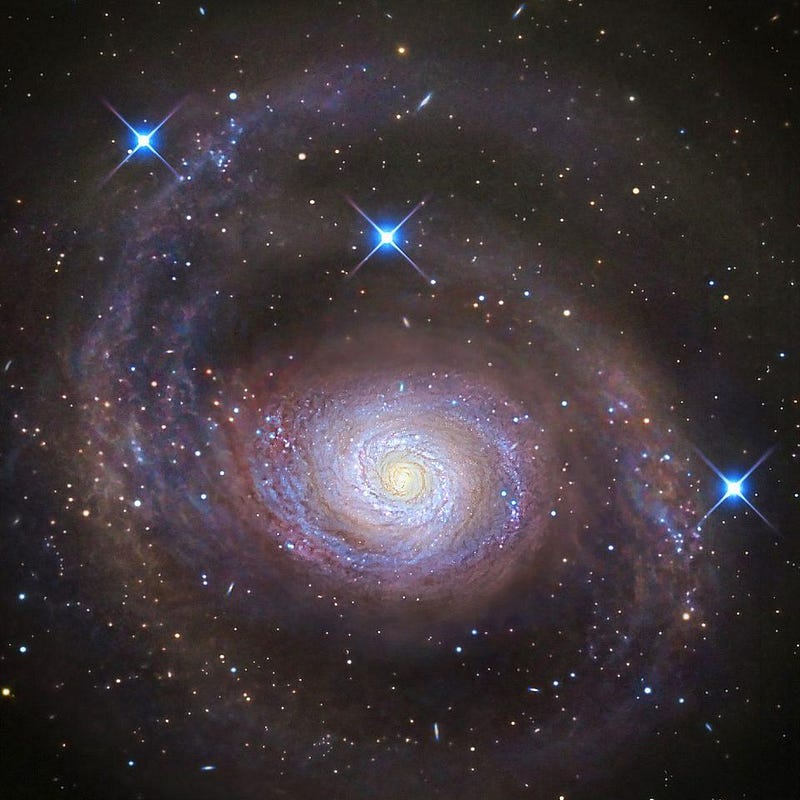
Nobody doubts that the Universe exists, that it obeys fundamental laws, and that we — like everything else in this Universe — also obey those same rules. We arose naturally, and therefore the Universe must have properties that at least make it possible, if not mandatory, for intelligent, living observers like us to arise.
This is hardly a controversial statement, as it simply states that the Universe behaves in a fashion that’s consistent with our own observed behavior. What we call the Anthropic Principle is simply a more refined version of Descartes: I exist in this Universe, and therefore the Universe exists in a fashion that’s consistent with my existence within it.

Yet, somehow, some of the best scientists in the world have began using the Anthropic Principle as a substitute for scientific inquiry. For the scientific community that follows that route, it’s one of the most perilous paths possible. You run a great risk: of fooling yourself into thinking you’ve discovered something meaningful, when all you’ve done is placed constraints on your own (not necessarily good) assumptions.
We assume that we’re good at identifying which properties are incompatible with intelligent life. We assume that we’re good at pointing out which kinds of Universe could not admit our existence, or the existence of some observer like us. And we assume that the philosophical conclusions we’d draw, based on our experience and extrapolations, are meaningful in constraining how the Universe is wired. This is the essence of the Anthropic Principle, and it may not be as correct as we typically accept.
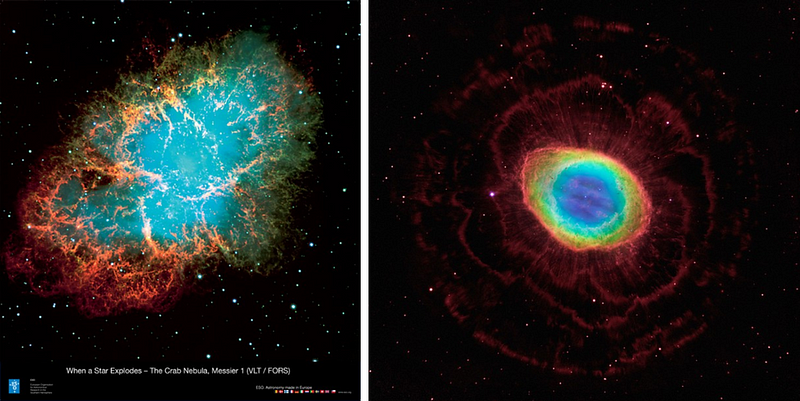
The Anthropic Principle came about in 1973, when physicist Brandon Carter made the following two statements.
- We must be prepared to take account of the fact that our location in the Universe is necessarily privileged to the extent of being compatible with our existence as observers.
- The Universe (and hence the fundamental parameters on which it depends) must be as to admit the creation of observers within it at some stage.
The first statement is now known as the Weak Anthropic Principle, which simply states that the Universe must be such that we could have come into existence within it. The second, more controversial statement is called the Strong Anthropic Principle, which states that if no one arose in the Universe, we’d never be here investigating it.
Simply by noting that we exist within this Universe, and that the Universe has fundamental parameters, constants, and laws, is enough to draw conclusions about which ways the Universe could and couldn’t have been.
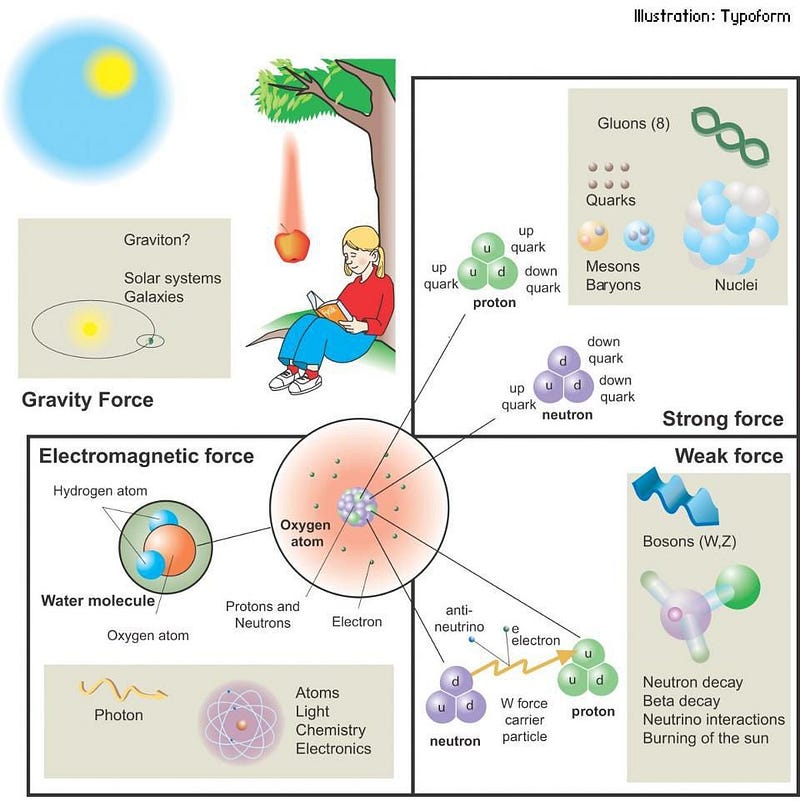
When you apply the Anthropic Principle correctly, it can actually lead you to brilliant scientific advances. Around the dawn of the 20th century, Charles Darwin’s theory of evolution suggested that at least hundreds of millions of years would be required for plants and animals to attain the diversity they presently display, while geology suggested the Earth itself was at least billions of years old.
There was a problem with this, however: the Sun. In order to power the Earth during all that time, the Sun needed to output somewhere close to its current power — 4 × 10²⁶ watts — on a continuous basis. Yet even with all the mass present in the Sun, that was a challenge for physics. No less a figure than Lord Kelvin attempted to calculate how long the Sun could live if it needed to put that power out continually, and ran into a puzzle that, one could argue, arose on anthropic grounds.
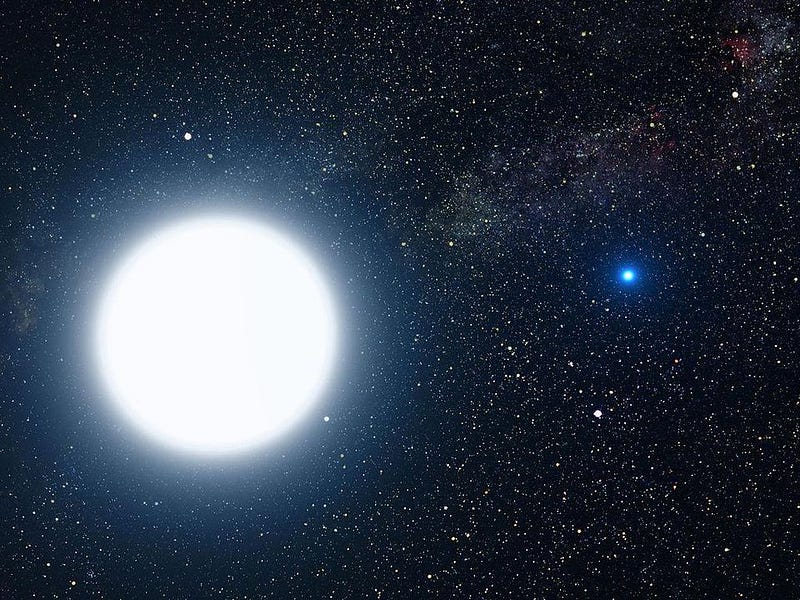
The Sun is made mostly out of hydrogen, and Kelvin envisioned three possible scenarios for how the Sun could have generated all that power:
- The Sun is burning some type of fuel, like hydrogen, through chemical combustion. This would lead to a lifetime of only a few tens of millions of years: insufficient for what biology and geology demands.
- The Sun could be continually absorbing a fuel source, like comets or asteroids, which it burns as an energy source. However, even if it devoured and used all the comets and asteroids we know of, it would only extend its life for tens of thousands of years, again an insufficient amount.
- The Sun could be gravitationally contracting, converting gravitational energy into light/heat, and powering the Earth (and Solar System) from that method. This would lead to a lifetime of hundreds of millions of years, but not more.
This could not be reconciled with the physics and geology of the time, but the advent of a new mechanism — the science of nuclear fusion — led to a solution that satisfied everyone.
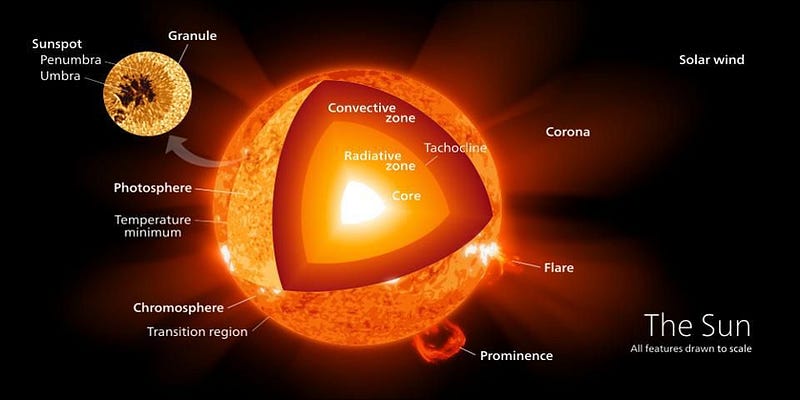
Similarly, in the 1950s, people were searching for a detailed understanding of how the heavier elements in the periodic table were created. While the nuclear fusion process could easily turn hydrogen into helium, fusing helium into heavier elements proved problematic. Adding two helium nuclei together creates an unstable isotope of beryllium, but it decays back to two helium nuclei after just ~10^-16 seconds.
Getting a third helium nucleus in there before it decays might be possible under the hot, dense conditions found in the centers of stars, but the reaction rate would be all wrong. In physics, it’s easier to make a reaction occur at just the right energy, and since energy and mass are interchangeable (via Einstein’s E = mc²), scientists could see that carbon nuclei were too light to be responsible for helium fusion.
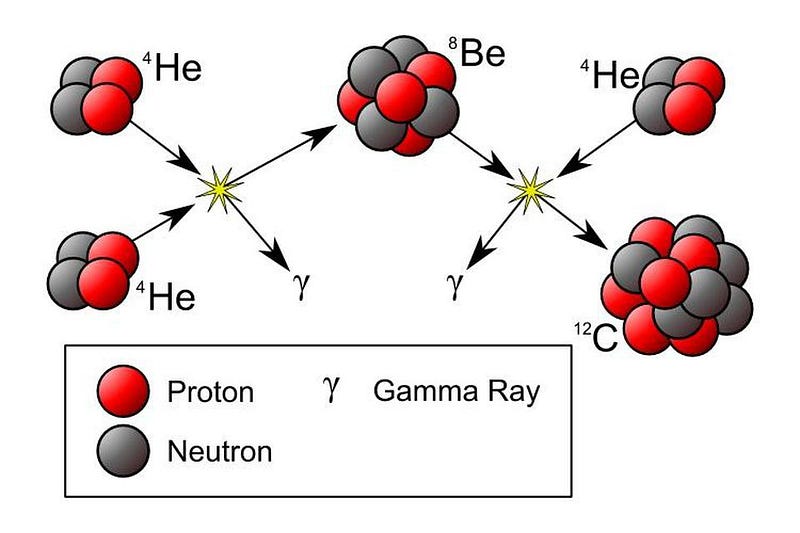
Yet, from the Anthropic Principle, we are observers who exist in our Universe, and we are ourselves made of carbon. Clearly, the Universe must have had some way to make this carbon, and helium fusion is the most reasonable way to go. The only problem is that the energy of the carbon nucleus doesn’t have the right properties.
In a breathtaking stroke of genius, scientist Fred Hoyle predicted that an excited state of the carbon-12 nucleus must exist at a particular energy so that three helium-4 nuclei could efficiently fuse into carbon in the interiors of stars. The discovery of the theoretical Hoyle State and the mechanism for forming it — the triple-alpha process — was looked for and found by nuclear physicist Willie Fowler. Through anthropic reasoning, we uncovered how the heavy elements in the Universe were created in stars.
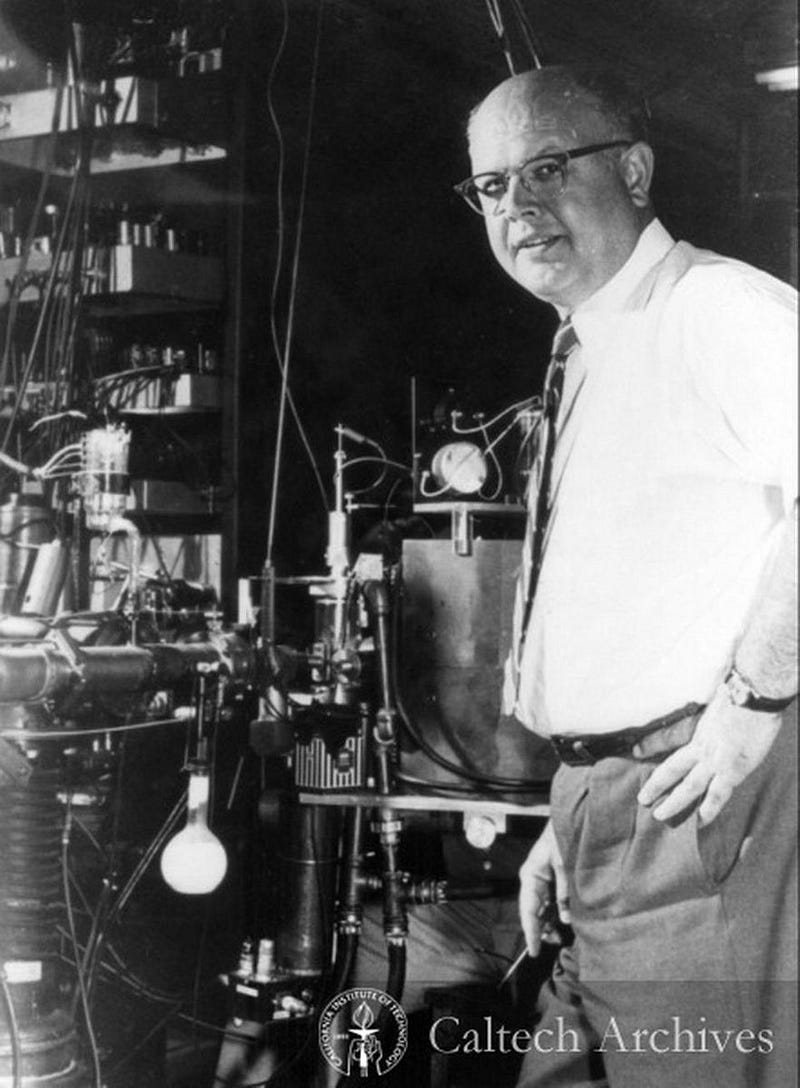
You might think, therefore, that these examples show how scientific the Anthropic Principle is. While these represent good applications of anthropic reasoning, it’s more a demonstration of the Anthropic Principle’s true power: to show that a solution can be possible in a series of given circumstances.
What the actual solution is, though, requires the application of the traditional tools of science. In the 1980s, nobody knew what the zero-point energy of empty space was; we had never measured anything that could give an indication as to its value. However, the fact that the Universe has neither recollapsed nor expanded too quickly to prevent the formation of stars and galaxies allowed us to place a limit on it: some 10^-118 weaker than a naïve calculation, relying on the Planck mass as a de facto energy scale, would imply. Steven Weinberg’s prediction, dating to 1987, was an important milestone for the application of the Anthropic Principle.
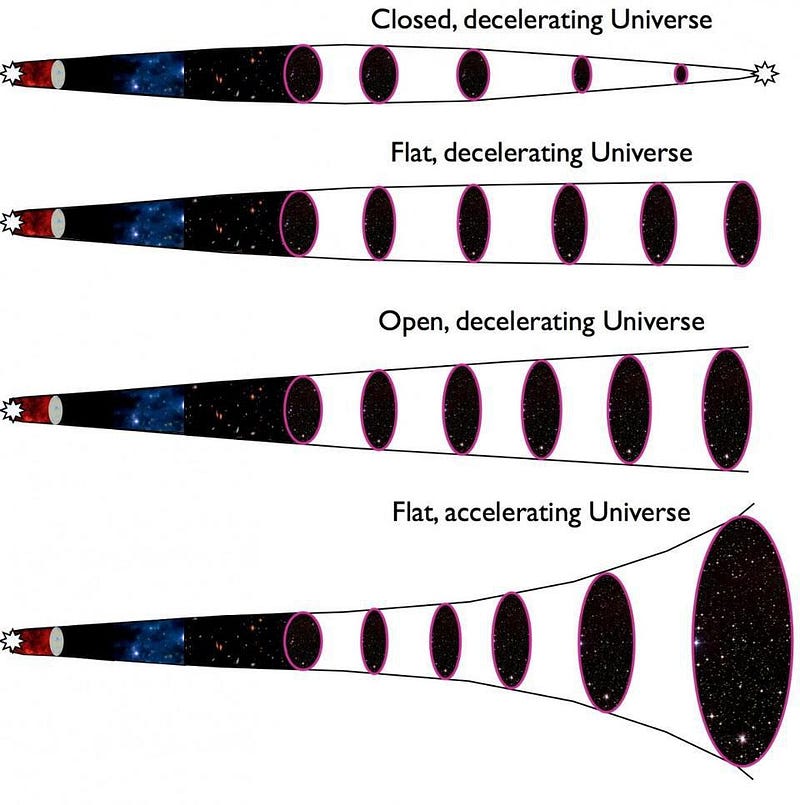
When we discovered dark energy in 1998, we actually measured that number for the first time, and concluded it was 10^-120 times the naïve prediction. The Anthropic Principle was able to guide us where our calculational power had failed, but that’s its limit. It can tell us where the limits of what’s possible for our Universe are, and reign in our otherwise unfettered imaginations, but it cannot answer our big questions. For that, we need actual science.
Unfortunately, the Anthropic Principle has been grossly misinterpreted, and is often misapplied. Claims are common in the scientific literature today that the Anthropic Principle:
- supports a multiverse,
- provides evidence for the string landscape,
- demands that we have a large gas giant to protect us from asteroids,
- and explains why we’re located at the distance we are from the galactic center.
In other words, people argue that the Universe must be exactly as it is because we exist the way we do in this Universe, which exists with its presently observed properties.
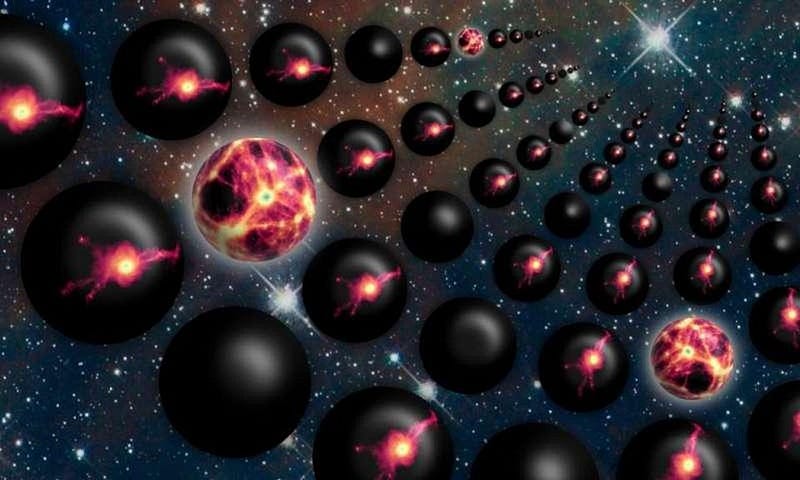
But that’s not how the Anthropic Principle works! The Universe did, in fact, allow observers to come into existence, but there are many other possibilities for how observers could have arisen other than the pathway that gave rise to us.
We can state that an imaginary Universe, where the laws of physics render the existence of observers an impossibility, can be ruled out as representing our reality. That’s a fine statement. But you cannot state that the Universe must have unfolded exactly the way it did. You cannot demand that the Universe mandates our existence. And you cannot demand that the Universe was compelled to give rise to us exactly as we are.
Because the Universe is not the way it is because we are here. That line of reasoning is the greatest enemy of the Anthropic Principle of all: a simple logical fallacy.
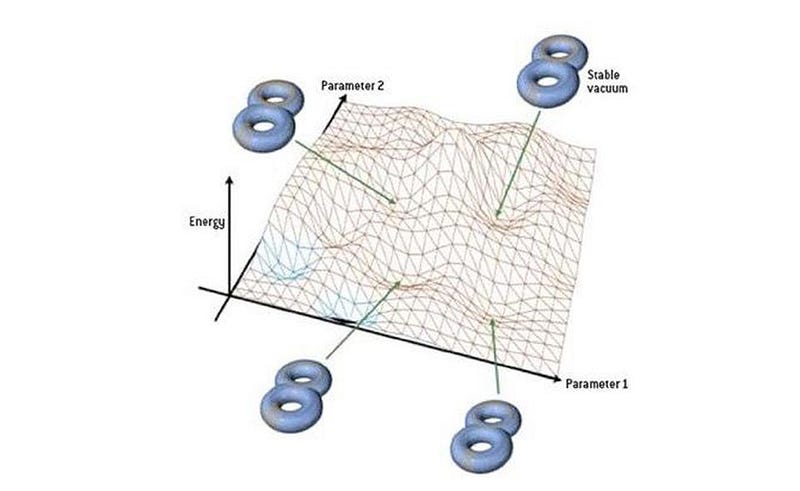
There can be no doubt that the Universe is governed by laws, constants, and the initial conditions that gave rise to it. This very same Universe then, in turn, gave rise to us. But that does not necessitate the Universe was required to have the exact properties it does in order to admit our existence, nor does it imply that a Universe that was different in some fundamental way would be an impossibility for observers. Most importantly, we cannot use the Anthropic Principle to learn why the Universe is the way we see it, as opposed to any other way.
The Anthropic Principle may be a remarkable starting point, allowing us to place constraints on the Universe’s properties owing to the fact of our existence, but that is not a scientific solution in and of itself. Our goal in science, remember, is to understand how the Universe arrived at its current properties through natural processes. If we replace scientific inquiry with anthropic arguments, we’ll never get there. The multiverse may be real, but the Anthropic Principle cannot scientifically explain why our Universe’s properties are what they are.
Ethan Siegel is the author of Beyond the Galaxy and Treknology. You can pre-order his third book, currently in development: the Encyclopaedia Cosmologica.





